[ad_1]
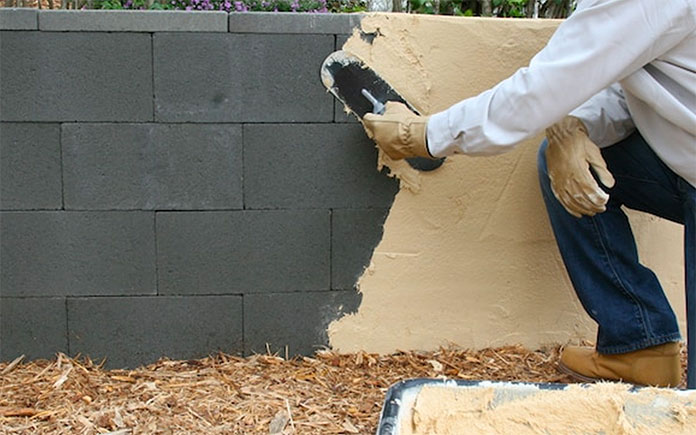
Concrete block partitions have quite a few makes use of, ranging from household to commercial.
Want to introduce texture and special style and design elements exterior your house? Consider employing concrete blocks for an accent or yard wall.
You also can use large concrete blocks to create retaining walls, stability boundaries or enormous bins for solutions and materials.
No matter of the project, if the considered of tackling a block-and-mortar wall undertaking would seem challenging, there is an much easier answer.
Applying dry-stacked concrete blocks and floor-bonding cement, it can be much easier than you may possibly imagine to construct a small-routine maintenance, affordable accent wall.
The 1-coat software of Quikrete Quikwall Floor Bonding Cement supplies structural energy and a textured “stucco” finish. It is also exceptional for rehabilitating and waterproofing unpainted concrete partitions.
Here’s how to construct a concrete wall.
Materials
How to Construct a Wall with Quikrete Quikwall
All concrete block walls — the two structural and non-structural — involve a stable, poured concrete footing. Use Quikrete 5000 for footing building since of its large energy and swiftly it strengthens.
Poured concrete footings need to be at least 2 times the width of the concrete blocks you’ll use for the wall. Normal 8-by-8-by-16-inch blocks would require a 16-inch-wide footing.
Make positive the footing depth extends below the frost line this is the depth where by groundwater in the soil is expected to freeze. If you never increase footings down below the frost line, your concrete foundation could change soon after frozen groundwater thaws.
In addition, test regional developing codes for development necessities.
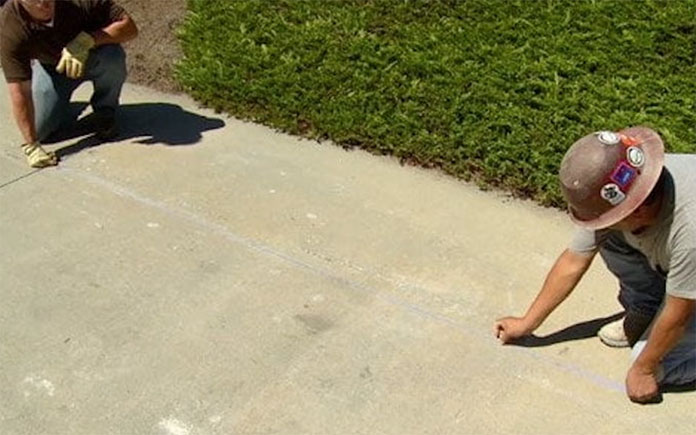
2. Lay the 1st Class of Blocks
Once the footing has cured, dry-lay the 1st row of blocks on best of the footing and chalk-mark the block positions working with a stage and mason’s line for precision.
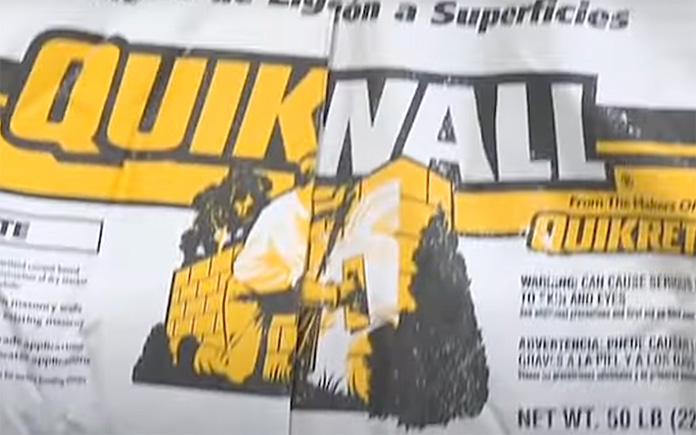
3. Add the Quikwall Bed
Take out the blocks and lay a ⅛-inch mattress of Quikwall on the footing. The Quikwall combine should really be workable but company ample to help the pounds of the to start with class.
You can mix it by hand or machine the measurement of your project will identify which process you pick out. Hand mixing can be accomplished in a mortar tub or a wheelbarrow with a mixing hoe.
Just one 50-pound bag of Quickwall will go over about 50 sq. ft at about ⅛-inch thick. Protection may perhaps change primarily based on the texture and thickness of your last software.
Each individual bag needs a gallon of drinking water you can insert more water in tiny quantities, as desired, to get a workable blend.
Incorporate liquid cement colour if you want a decorative stucco finish. 50 % of a 10-ounce bottle of Quikrete liquid cement color should really color a person bag of 50-pound Quikwall.
To get a reliable shade throughout the blend, blend the liquid cement coloration into the mixing water right before including it to the Quikwall mix. Working with the identical color-to-drinking water ratio will preserve coloration uniformity from batch to batch.
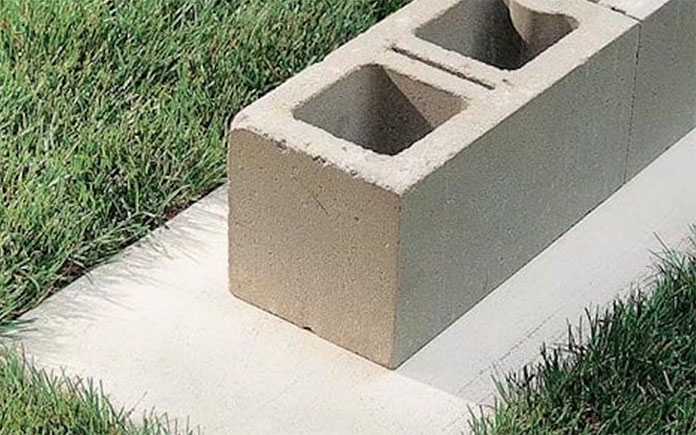
4. Lay the Base Study course
Set the bottom program of concrete blocks. Using a level, test your alignment every single a few to 4 blocks.
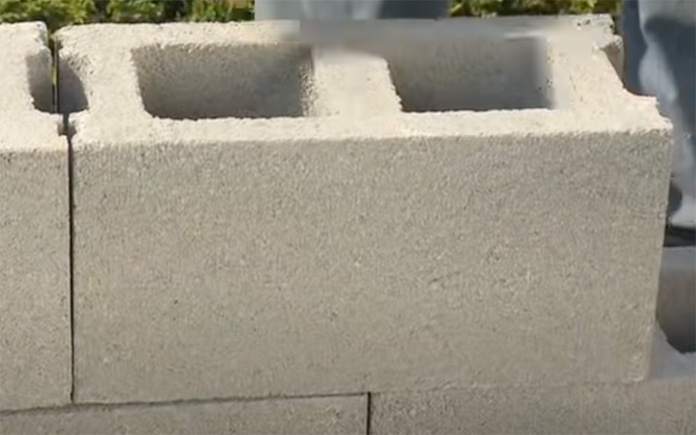
5. Dry-Stack the Remaining Blocks
As soon as you’ve established the initial study course of blocks, dry-stack the remaining blocks in a operating-bond sample to the desired peak — all corners really should use an interlocking pattern.
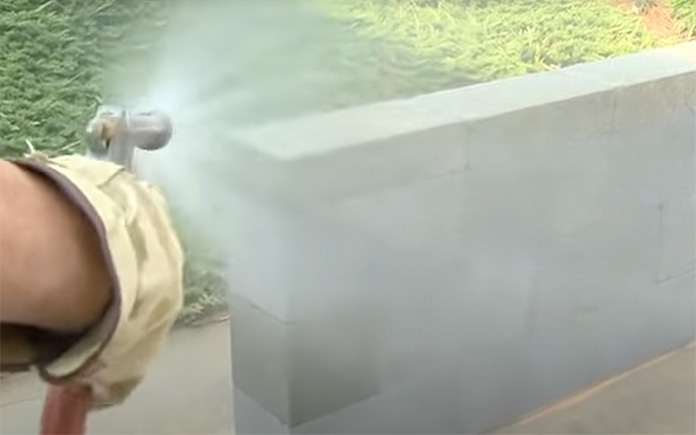
6. Dampen the Blocks
Thoroughly dampen the block wall with drinking water. This is critical for the reason that dry blocks will attract h2o from the combine, creating it challenging to end. This also can bring about inconsistent color and cracking, primarily in warm temperatures.
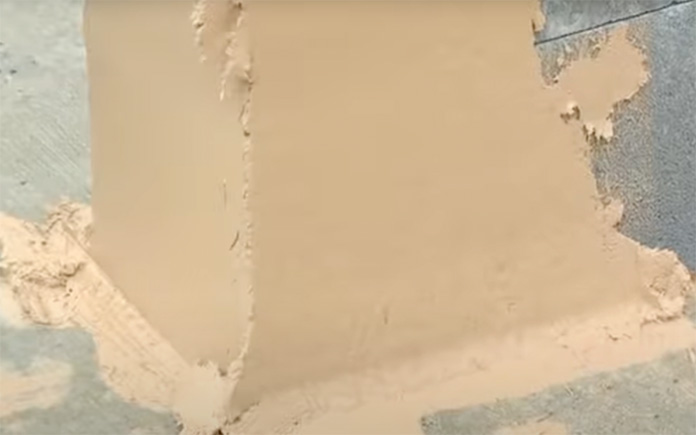
7. Utilize the Quikwall
Use a dependable ⅛- to ¼-inch coat of Quikwall to each sides of the block. Use a square finishing trowel held at a 45-diploma angle and get the job done from the base of the wall to the top, covering the wall’s whole area.
To texture your concrete wall, use a bristle-brush broom. Apply on a block or sheet of cement board to perfect your procedure.
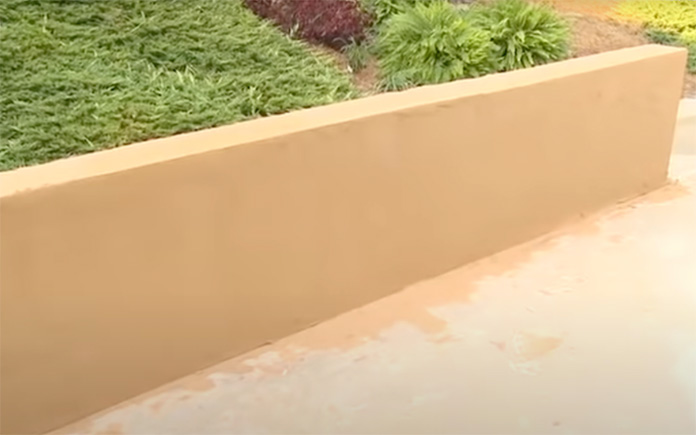
8. Cure the Floor
Moist-get rid of the wall right after eight hours by dampening it with a high-quality spray. Repeat spraying several occasions every day for 3 days. This is crucial to achieve coloration consistency and reduce area cracks.
Check out a online video on how to establish a dry-stack concrete block wall right here.
[ad_2]
Resource hyperlink





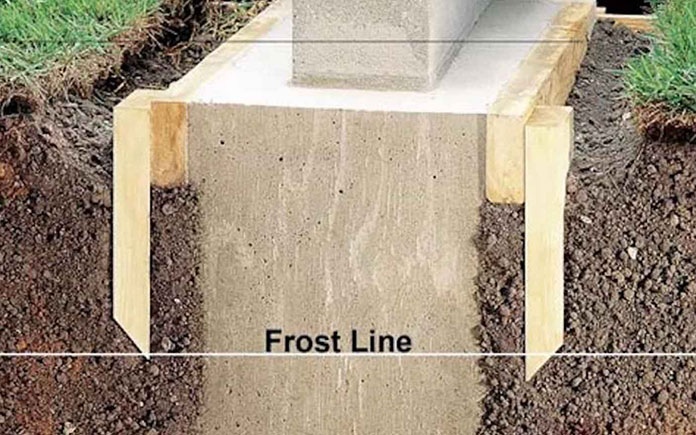
More Stories
How to Clean Kitchen Cabinets
Top 9 Cool Kitchen Gadgets to Ease Up Your Work
Beautiful Kitchen Makeover in a Gorgeous Way